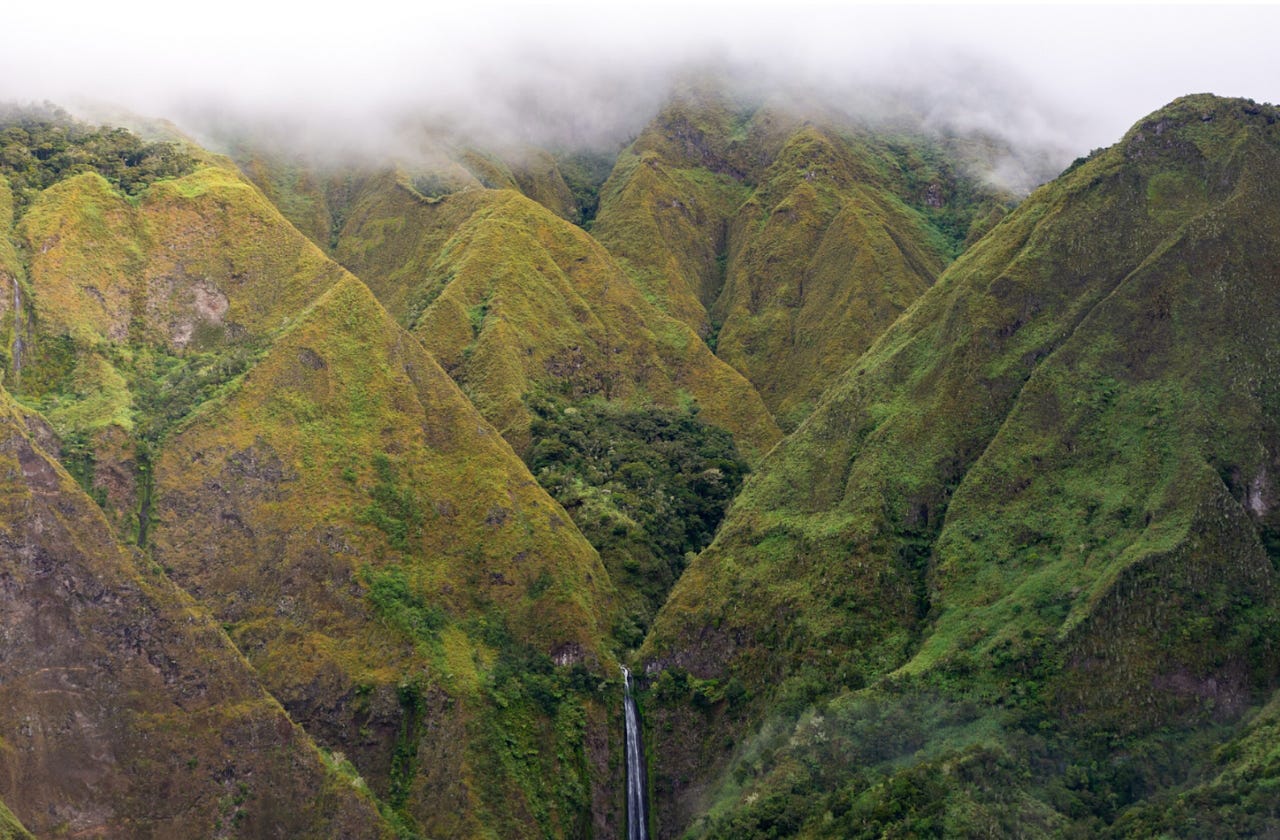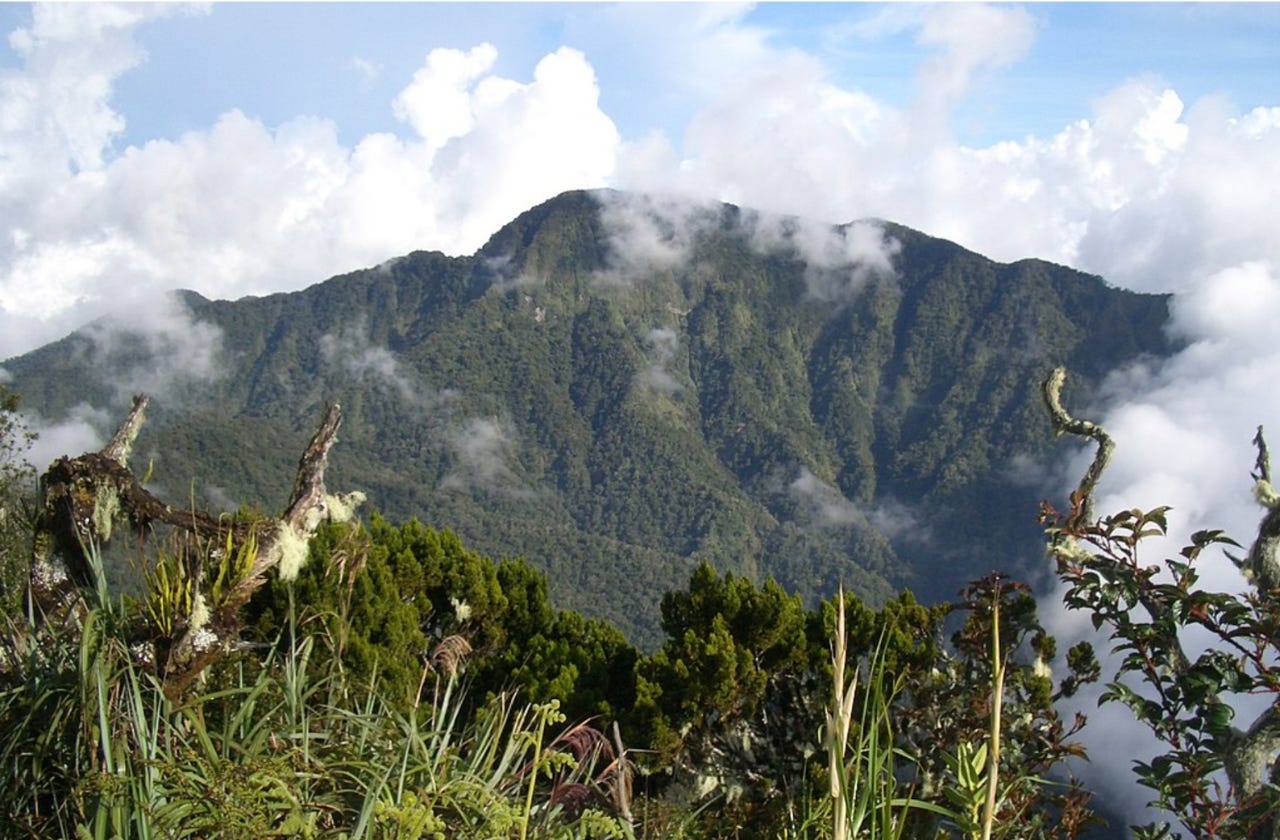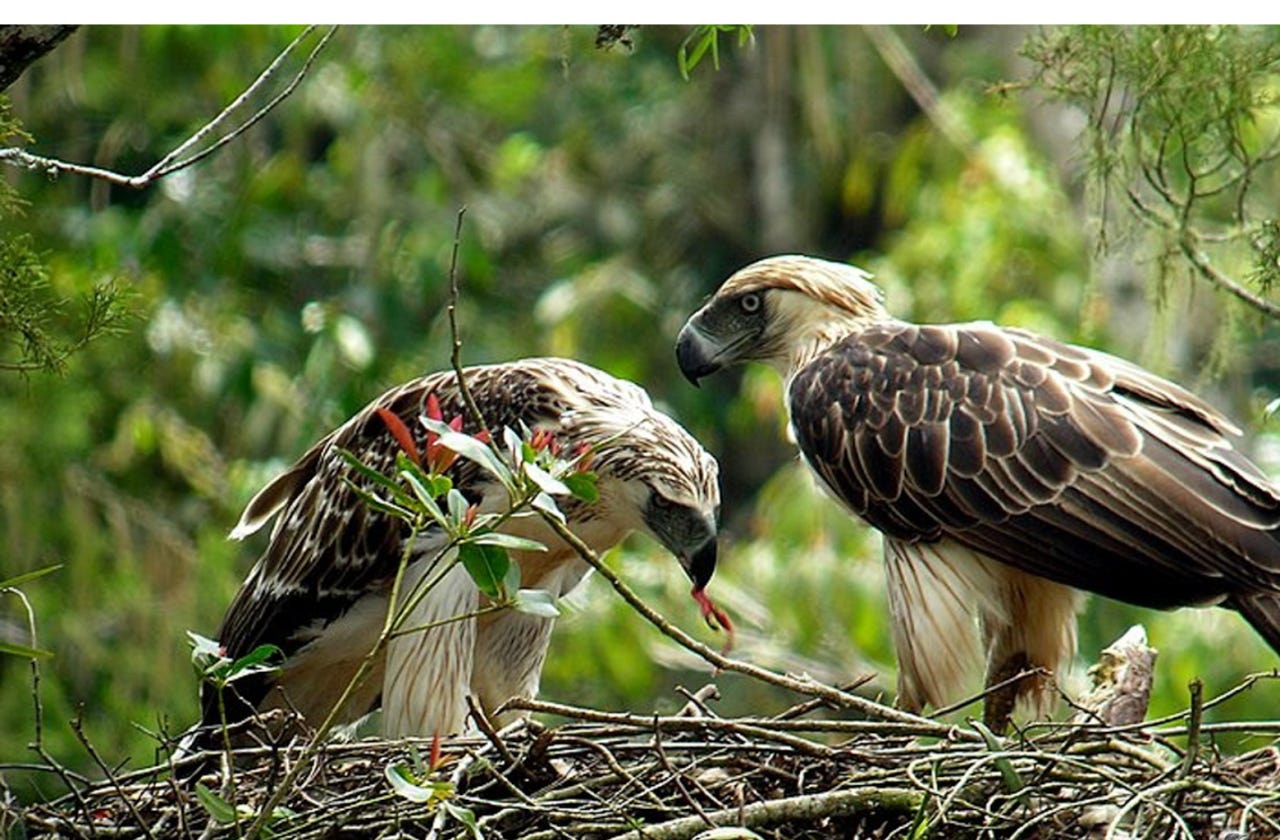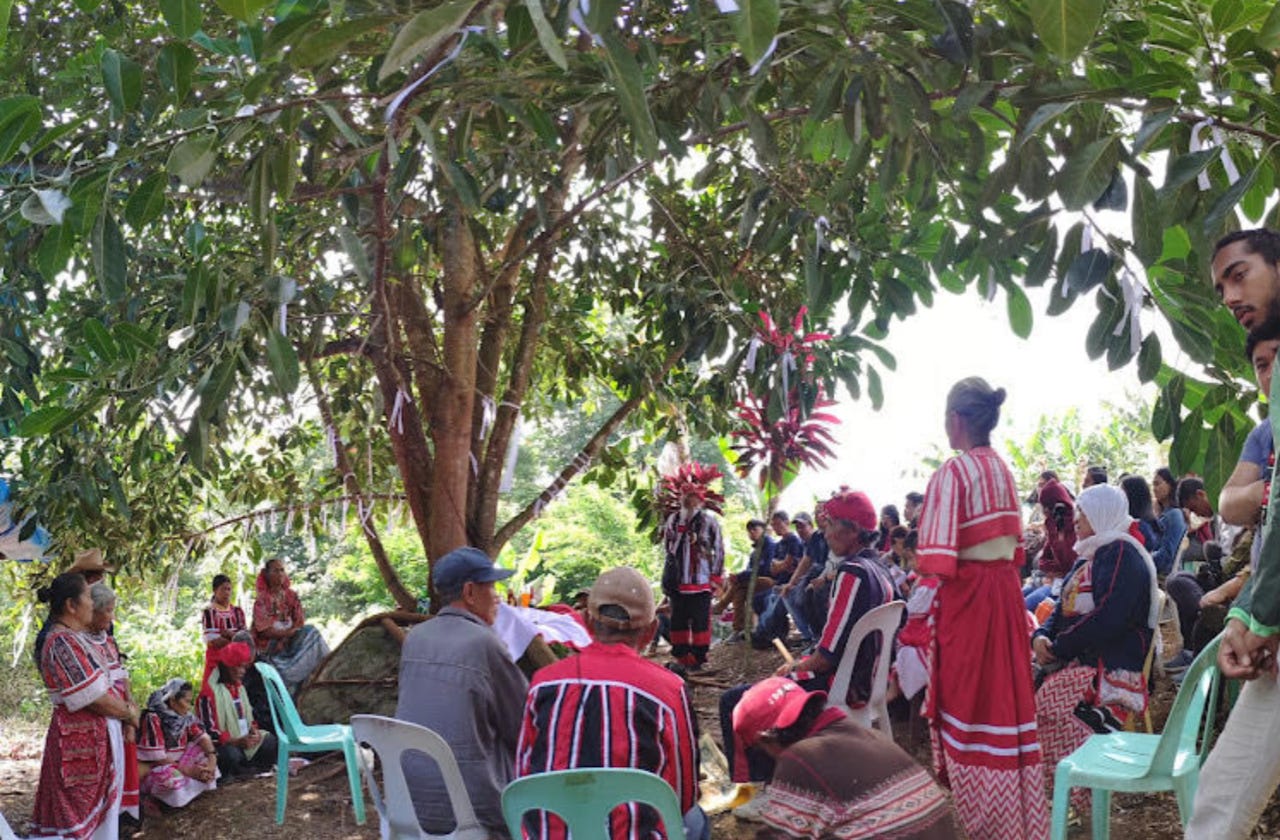The Mountains of Bukidnon: Where Culture Meets Adventure
A closer look at Bukidnon’s breathtaking landscapes, indigenous heritage, and the eco-adventures waiting in its highlands.
The province of Bukidnon is an outlier of sorts in an archipelagic nation. It’s one of the few landlocked provinces where a vast majority of provinces have sea borders. In a country known for its many islands and beaches, Bukidnon has mountains.
The name Bukidnon, literally means “highlander” or “mountain dweller”, and is the ancestral homeland of many ethnic minorities, particularly the Lumad peoples. The Lumad peoples refer to a group of ethnolinguistic peoples who have evaded Christianity and Islam, and hold on to Animist practices. Naturally, the mountains of this province draw adventure travelers such as mountaineers, campers, and climbers.
The mountains of Bukidnon, particularly in the Kitanglad Mountain Range are also known for their natural landscape, as they are host to a wide range of biodiversity. This mountain range is the ancestral home of the Bukidnon, Higaonon, and Talaandig indigenous groups.
In 2009, this mountain range became the 28th ASEAN Heritage Park. It is within this mountain range where indigenous culture, local biodiversity, and natural beauty collide, and where sustainable tourism practices ensure the preservation of the mountain range and its habitat.
Mt. Dulang-Dulang
This mountain sits within the Kitanglad Mountain Range, and is the second highest peak in the country at 2,931 meters. Dubbed by Filipino mountaineers as “D2”, this mountain is considered to be a sacred place by the Talaandig tribe of Lantapan. For hikers wishing to ascend the mountain, each climb begins with a tribal ritual [1] conducted by the local datu. A live chicken is cleansed and sacrificed to the local gods residing in the mountain.
The hike covers around 20 kilometers round trip, and when coupled with the rugged terrain and steep incline, makes for a challenging ascent. The forest is one of the most unique features of the mountain hike, where trees are draped in a thick layer of moss. Additionally, the Lalawan Falls can be found near the base of the mountain. A local guide is required to climb the mountain, and due to its remote location, hikers should bring enough food, water, and warm clothing as cool temperatures are frequent.
Mt. Kitanglad
This inactive volcano within the Kitanglad Mountain Range sits at 2,899 meters, and is the 4th highest peak in the country. The name of the mountain comes from oral tradition, which tells of a great flood that submerged the land with only the tip of the mountain left visible. The tip was the size of a “tanglad”, or lemongrass. The hike up the mountain is steep the entire way, but the trail is well-maintained due to the broadcasting station located at its summit.
The mountain is home to many endemic and rare species, such as the Philippine tarsier and the Rafflesia schadenbergiana, the world’s second largest flower. Additionally, Philippine eagle nesting pairs [2] have been found on the mountain. Two native mice, the Katanglad shrew-mouse and the Gray-bellied mountain rat, call the mountain home, with the former known from only a single specimen.
Mt. Kalatungan
The 5th highest mountain in the Philippines, Mt Kalatungan is a stratovolcano and an Indigenous and Community Conserved Area (ICCA). The mountain is known as Keretungan by the Manobo people, who consider the mountain as part of their ancestral domain alongside the Talaandig people.
As this mountain is officially considered ICCA land, there are regulations that travelers must follow in accordance with tribal law. Permission by the tribal elders must be granted before entering the mountain. Before ascending the mountain, a ritual sacrifice of a live chicken is conducted.
The Talaandig consider the forests on this mountain sacred, as they provide raw materials like medicinal herbs for the baylan, or shaman, and timber for the construction of an altar. The Manobo who live on the slopes believe the sanctity of the mountain is where the source of all tribal knowledge lies [3], where the spirits live, and is seen as the source of life.
Within the Kalatungan Mountain Range Natural Park, two-thirds of the 35,221-hectare park is covered in primary forest. After decades of deforestation, the indigenous Manobo and Talaandig, especially those who live on the slopes of Mt. Kalatungan, have participated in conservation as well as “rainforest farming”, where local farmers [4] are allowed to plant coffee or endemic tree species like the red and white loan. With this program, the local forestland undergoes restoration to mitigate decades of logging, and ecosystems are rejuvenated.
Some of the other features of the trails in this mountain include a section called “Buko-Buko sa Anay” where there is a view of the Muleta Waterfall. Within the dense forest of the mountain, much of the trees are covered with moss.

More than Meets the Eye
The mountains of Bukidnon are more than just beauty and thrill. They are vibrant ecosystems where community, culture and nature intertwine. These highland sanctuaries hold stories handed down through generations. From the biodiversity-slopes of Mt. Kitanglad to the sacred peaks of Mt. Dulang-Dulang and Mt. Kalatungan, spiritual customs rooted in ancestral beliefs and ecosystems continue to thrive under the responsible stewardship of the indigenous communities.
Travelers who come into these remote, elevated terrains will get the thrill that they seek. They will also find spaces of reverence and responsible existence. For in the mountains of Bukidnon, the path to the summit is not just a journey of adventure but also a journey into the center of a culture that places a paramount value on equilibrium. One that balances nature, spirit, the present and the past.
Sources:








